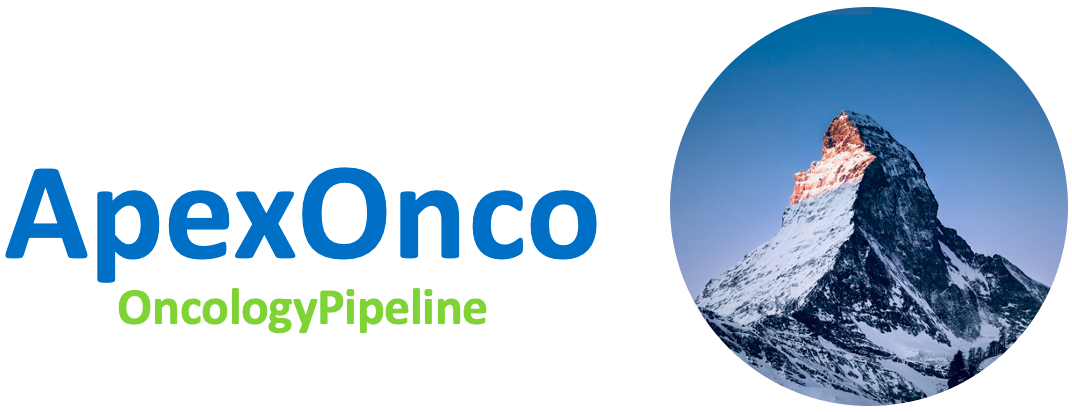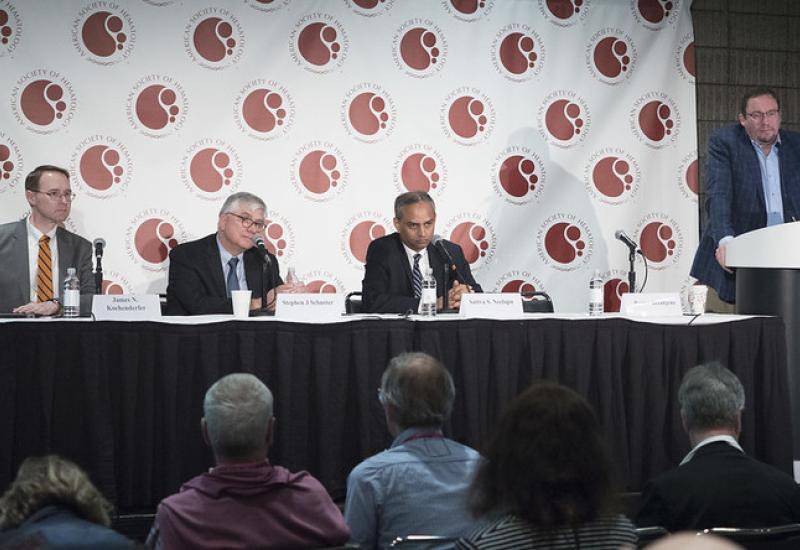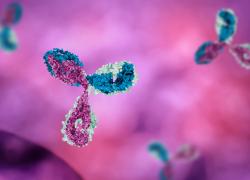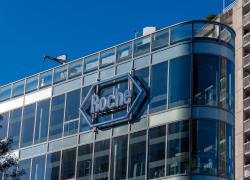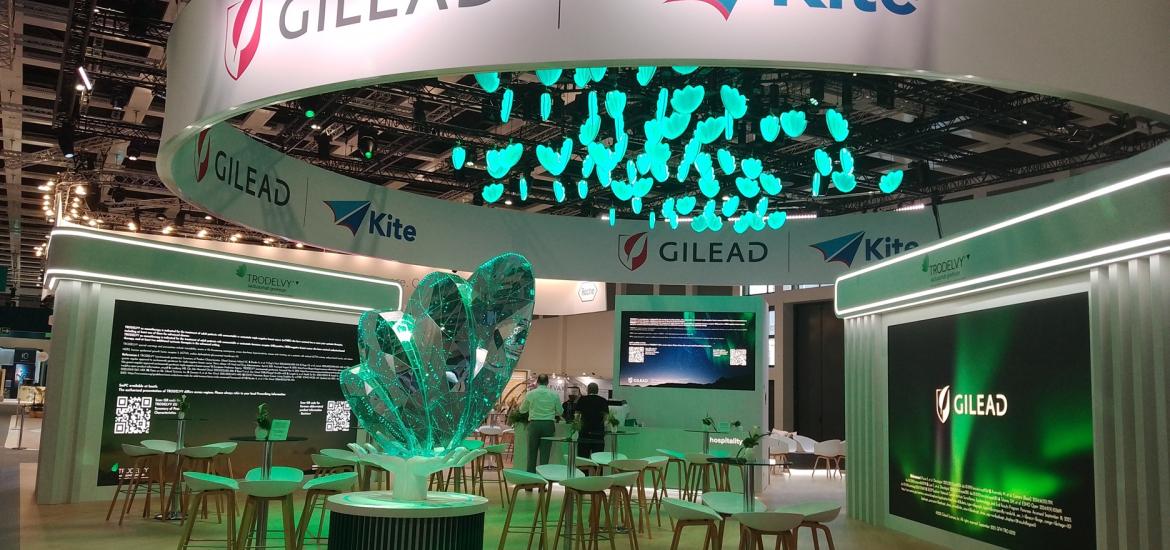
ESMO 2025 – Datroway and Trodelvy face off in triple-negative breast
Both are heralded as a new first-line standard of care, but Datroway seems to have the edge.
Both are heralded as a new first-line standard of care, but Datroway seems to have the edge.

Data with the rival TROP2 ADCs Datroway and Trodelvy mark a shift in the treatment paradigm in first-line triple-negative breast cancer, ESMO heard on Sunday. Both agents impressed, in the Tropion-Breast02 and Ascent-03 studies respectively, but the results suggest that Daiichi Sankyo/AstraZeneca's Datroway could have an edge over Gilead’s Trodelvy.
Both agents demonstrated a statistically significant improvement on progression-free survival when compared against chemotherapy. Only Datroway also showed a benefit on overall survival, although Trodelvy’s Ascent-03 trial isn’t powered to test OS superiority – and in any case might be confounded by allowing control patients to progress to second-line Trodelvy on progression.
Given similar PFS benefits, and the complications in comparing OS between trials, the toxicity profile of the compounds could become especially important, noted the ESMO discussant, Dana-Farber Cancer Institute’s Dr Ana Garrido-Castro.
She added that the safety profile of Datroway “appears more favourable” than that of Trodelvy, with the former showing fewer grade 3 or higher adverse events. There were also six treatment-related deaths with Trodelvy, all being due to infection, versus none with Datroway.
Cross-trial comparison
Both Tropion-Breast02 and Ascent-03 enrolled patients who were ineligible for PD-(L)1 inhibitors, and the former also included patients without regulatory access. 60-70% of first-line TNBC patients aren’t candidates for checkpoint inhibitors.
In Tropion-Breast02, median PFS was 10.8 months with Datroway, versus 5.6 months with investigator’s choice of chemo, equating to a 43% reduction in the risk of disease progression or death.
In Ascent-03, which was simultaneously published in NEJM, mPFS was 9.7 months versus 6.9 months with chemo, equating to a 38% reduction in the risk of progression or death.
Garrido-Castro noted that the larger absolute difference in mPFS seen in Tropion-Breast02, versus Ascent-03, might be down to the former enrolling higher-risk patients than the latter. Overall, she called the PFS benefit between the two trials “consistent”.
Cross-trial comparison of Trodelvy and Datroway in first-line TNBC
| Ascent-03 | Tropion-Breast02 | |||
|---|---|---|---|---|
| Regimen | Trodelvy | Chemo | Datroway | Chemo |
| mPFS | 9.7 mths | 6.9 mths | 10.8 mths | 5.6 mths |
| Stats | HR=0.62; p<0.001 | HR=0.57; p<0.0001 | ||
| mOS | 21.5 mths | 20.2 mths | 23.7 mths | 18.7 mths |
| Stats | HR=0.98 (37% maturity) | HR=0.79; p=0.0291 | ||
| ORR | 48% | 46% | 63% | 29% |
| mDoR | 12.2 mths | 7.2 mths | 12.3 mths | 7.1 mths |
| ≥Gr3 TRAEs | 61% | 53% | 33% | 29% |
| Treatment-related deaths | 2% | <1% | 0% | 0% |
Note: OS analysis was “descriptive” only in Ascent-03 & OS was co-primary endpoint in Tropion-Breast02. Source: ESMO 2025.
Overall survival was a different story, however. This was a co-primary endpoint of Tropion-Breast02, which found a 21% reduction in the risk of death with Datroway versus chemo.
There was no OS benefit in Ascent-03, with a reported hazard ratio of 0.98. However, OS was only a secondary endpoint of Ascent-03, the analysis was described as “descriptive”, and data were only 37% mature. No OS curve was presented at ESMO, but Gilead said it would continue to monitor OS, with further analysis planned.
Ascent-03 allowed progressing control patients to cross over to second-line Trodelvy. Crossover to Datroway wasn't possible in Tropion-Breast02 because the Daiichi/Astra drug isn't approved for TNBC, though patients could of course drop out and receive Trodelvy off study.
As for grade 3 or higher treatment-related adverse events, these were seen in 61% of Trodelvy-treated patients in Ascent-03, and in 33% of Datroway-treated patients in Tropion-Breast02. There was less neutropenia and GI toxicity with Datroway than with Trodelvy, noted Garrido-Castro. However, oral mucositis/stomatitis and ocular surface toxicity were seen with Datroway.
There could be questions again about interstitial lung disease, a known issue with deruxtecan-containing ADCs like Datroway. One patient in the Datroway arm of Tropion-Breast02 had grade 3 pneumonitis and then died; however, the death itself was attributed to disease progression. This phenomenon has been seen before in Datroway studies.
TNBC has an extremely poor prognosis, so ILD could be a risk worth taking for patients. And doctors could soon face a choice between two agents in the front line – which could be a nice problem to have in this underserved disease.
3556
